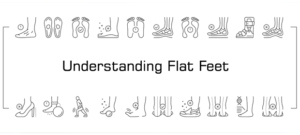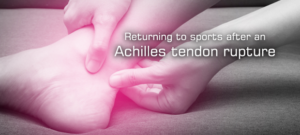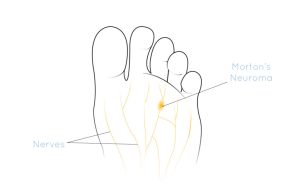Dancing Injuries
Dancing
Dancing in all its forms has always been a popular past time but for all the elegant and graceful moves you see on the dance floor, it also puts the lower half of the body under a considerable amount of strain. Here are some of the common injuries, causes, symptoms and their treatments:
Foot & Ankle Injuries in Dance
Achilles Tendinitis:
The constant movement of the feet during dancing can create irritation, swelling and pain, which makes it one of the most common injuries among dancers.
Treatment: Apply ice to reduce swelling, plenty of rest and anti-inflammatory tablets is usually enough to treat this injury.
Dancers heel (Posterior ankle impingement):
Ballet dancers are more susceptible to this injury due to the type of shoes worn. It causes compression of tissue and bone, leading to pain and stiffness.
Treatment: Use ice and anti-inflammatory drugs for the swelling and pain, and in more severe cases bracing and physical therapy may be needed to strengthen the area.
Trigger toe:
Another injury associated closely with ballet, it increases pressure onto the first metatarsal and can create calluses, corns, swelling and pain.
Treatment: Reviewing footwear should be the first consideration, or shoe inserts to increase padding. Use normal foot care for corns and callouses, and rest and ice for any pain or swelling.
Lateral ankle sprain:
Rolling the ankle is very common while dancing, pushing pressure onto the outer edge of the ankle and foot, overstretching the ligaments, making it difficult to place pressure onto the area.
Treatment: A hard brace or a wrap will help protect the ankle, with lots of elevation and rest, with ice to help with swelling and pain.
Summary
Some of these injuries are more common than others and will also depend on the type of dancing activity you partake in on a regular basis. To reduce the likelihood of suffering a serious injury that could leave you unable to dance for some time, visit our specialist dancing podiatrist to discuss what regime and treatment could suit your recovery.
Find out more information on heel pain
Frequently asked questions
Try to gradually increase your dancing and don’t suddenly exceed what your body is accustomed to. Wear good foot wear that your feet are comfortable and stable using, and stretch beforehand. Make sure you are well hydrated and the room has a comfortable temperature and floor material.
Exceeding your usual ranges of motion and limitations will increase your risk. As will using a poor technique, poor coaching and unsuitable floor material. If your body is fatigued you will also increase your risk of injury.
Related Blogs
Thoughts and advice on foot health care from the Podogo team.


















































